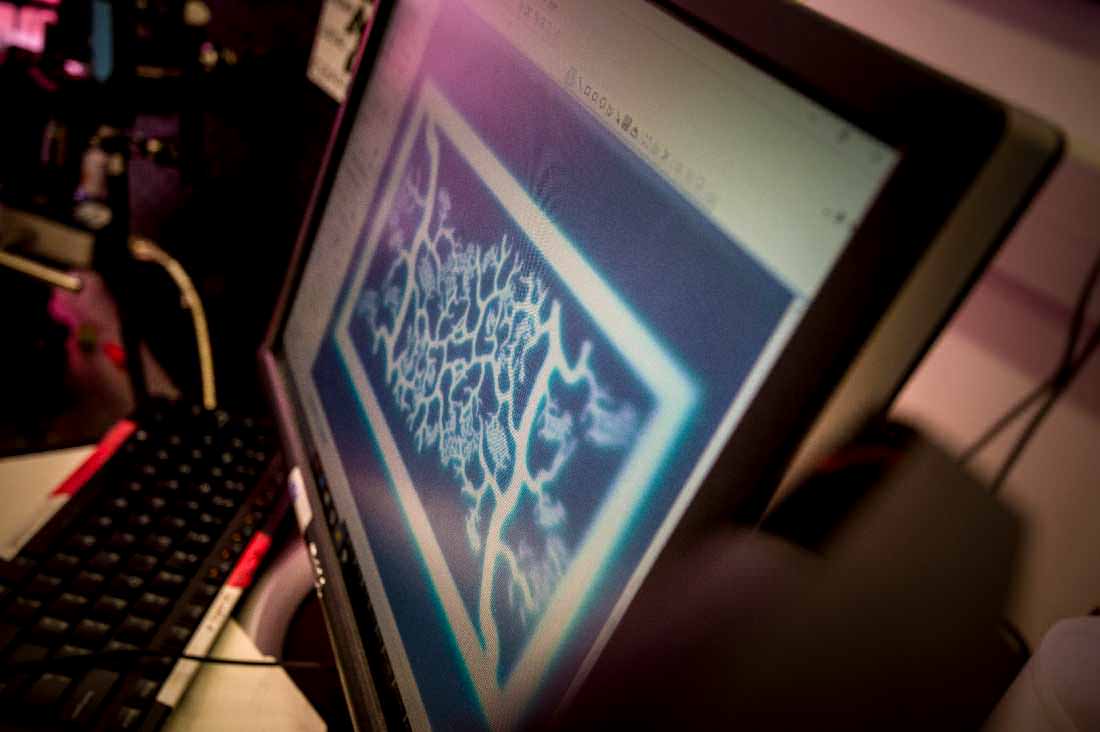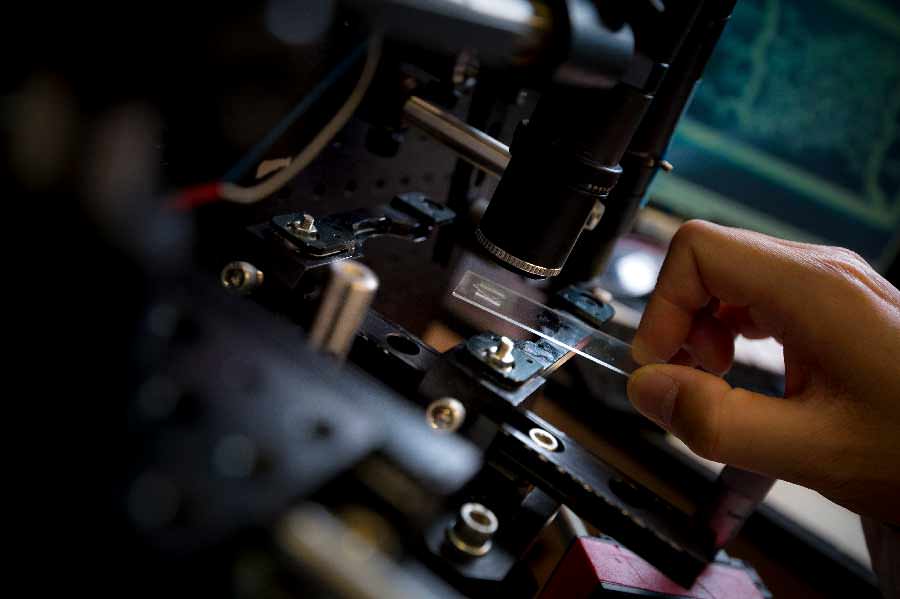Coming to your body soon? Using proprietary 3D printing machines, researchers have fabricated functional networks of blood vessels.
A team of researchers from the University of California San Diego has managed to 3D print a working network of blood vessels. The new process potentially marks a breakthrough in the functional artificially created organs.
The research team is led by Professor of Nanoengineering, Saochen Chen, of the university’s Nanobiomaterials, Bioprinting and Tissue Engineering Lab.
Previous teams working toward engineering artificial blood vessels have succeeded in making single viable vessels. However, the technology to do so has proven costly and requires a lot of time.
Despite this, Chen describes the potential of the research:
“Almost all tissues and organs need blood vessels to survive and work properly. This is a big bottleneck in making organ transplants, which are in high demand but in short supply — 3D bioprinting organs can help bridge this gap, and our lab has taken a big step toward that goal.”
Unlike previous teams’ work, professor Chen’s research has resulted in entire vascular networks — printed in seconds — capable of replicating the natural flow of blood found in the human body. This development builds upon the back of the department’s previous research in nano- and bioengineering.
In the past, the team has produced liver tissue in the lab, and worked on microscopic “fish” designed to swim about inside the body, detecting and removing toxins.

How Are These 3D Printed Blood Vessels Different?
A DLP-like method of 3D printing using self-built machines was used to achieve these highly accurate, minuscule networks of fleshy tubes. With a sliced model of the blood vessel structure transferred to millions of microscopic mirrors via patterns of projected UV light, a solution containing live cells and light-sensitive polymers then solidifies, layer by layer.
The hardened polymer serves as a scaffold for the live cells, giving them the blueprint to then grow into functional biological material.
A key differentiation for this new approach is bio-compatibility. This means when transplanted it grows into the host system, becoming a part of it.
Trials using mice have thus far shown the printed tissue merging successfully with the host’s own vascular network.
However, Chen notes some limitations. Primarily, the network’s inability to carry other detritus of the vascular system, such as nutrients and waste. Similarly, while the networks will grow into the host, that host’s immune system will still attack the alien tissue.
It is in this direction that Chen and team are looking to research further. They are working to print patient-specific tissues using pluripotent stem cells — “blank” cells capable of becoming any kind of tissue.
The ultimate goal is clinical trials of the tissue. Chen estimates several years before this will become possible.
Source: UC San Diego

License: The text of "Nanoengineers in San Diego 3D Print Working Blood Vessels" by All3DP is licensed under a Creative Commons Attribution 4.0 International License.